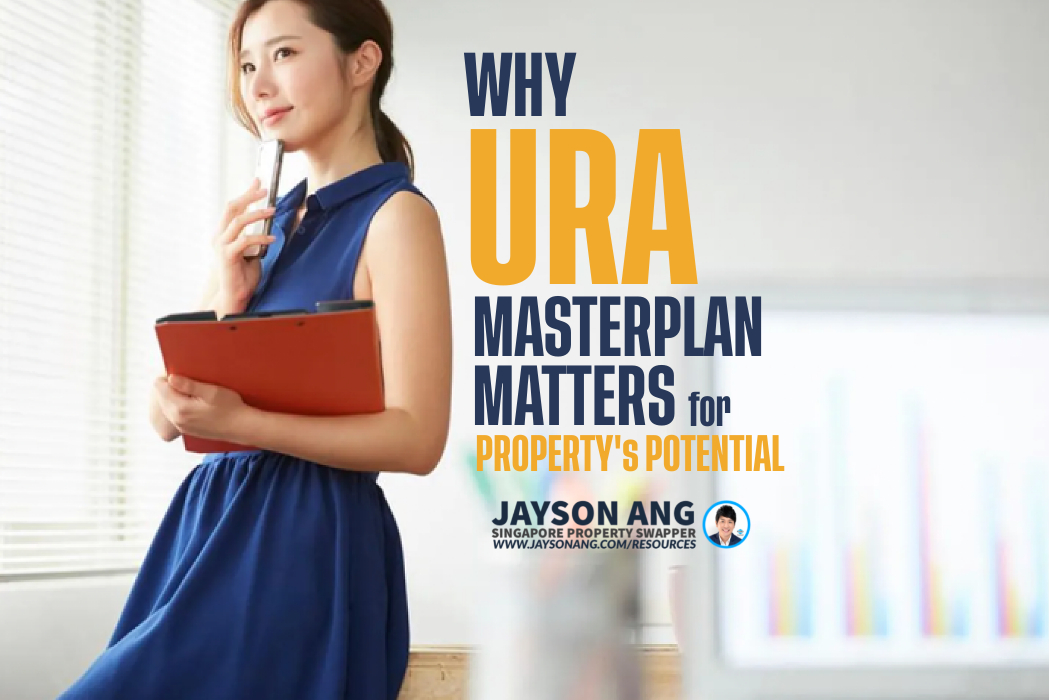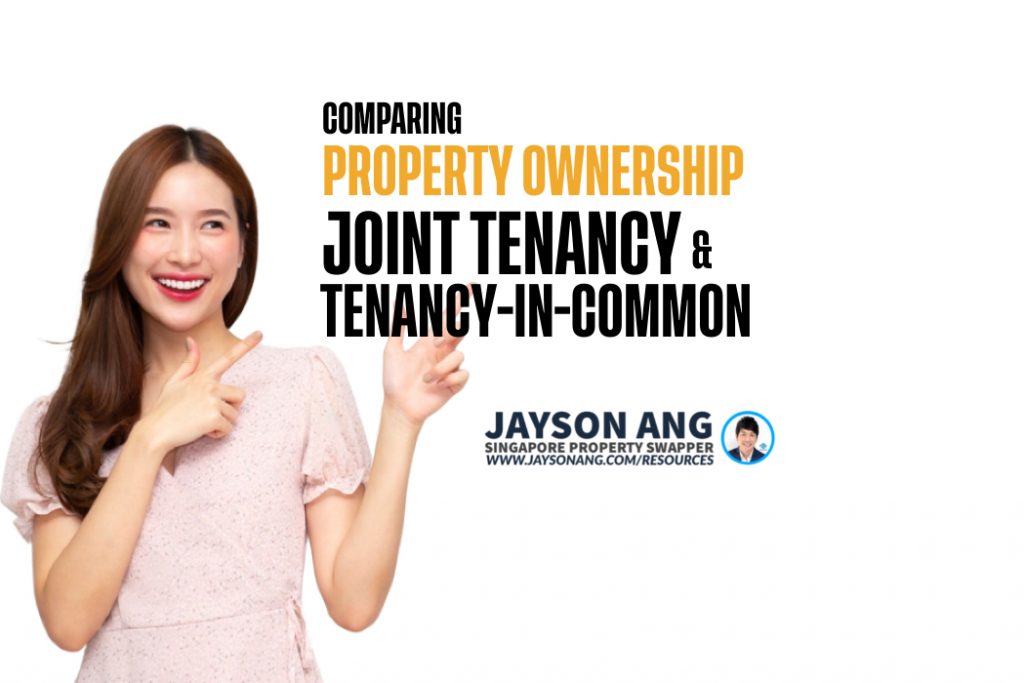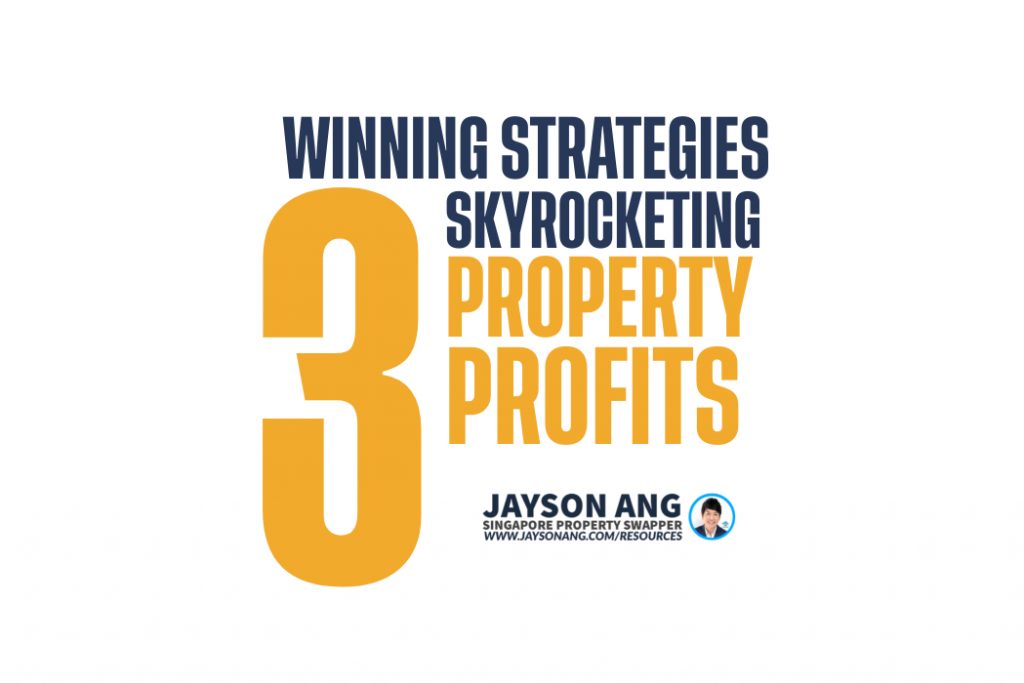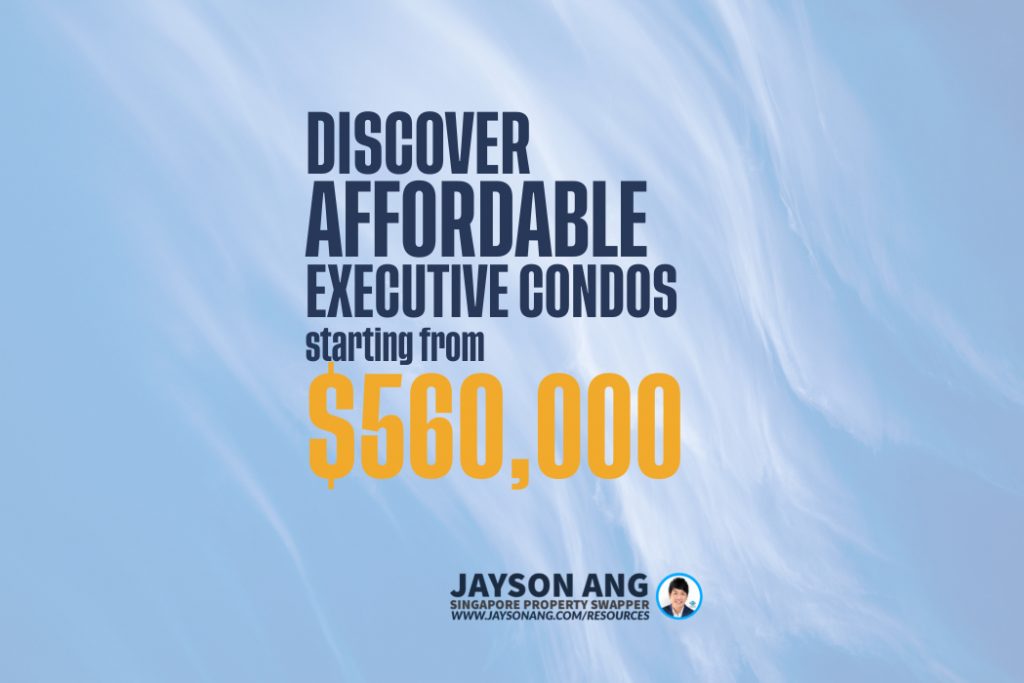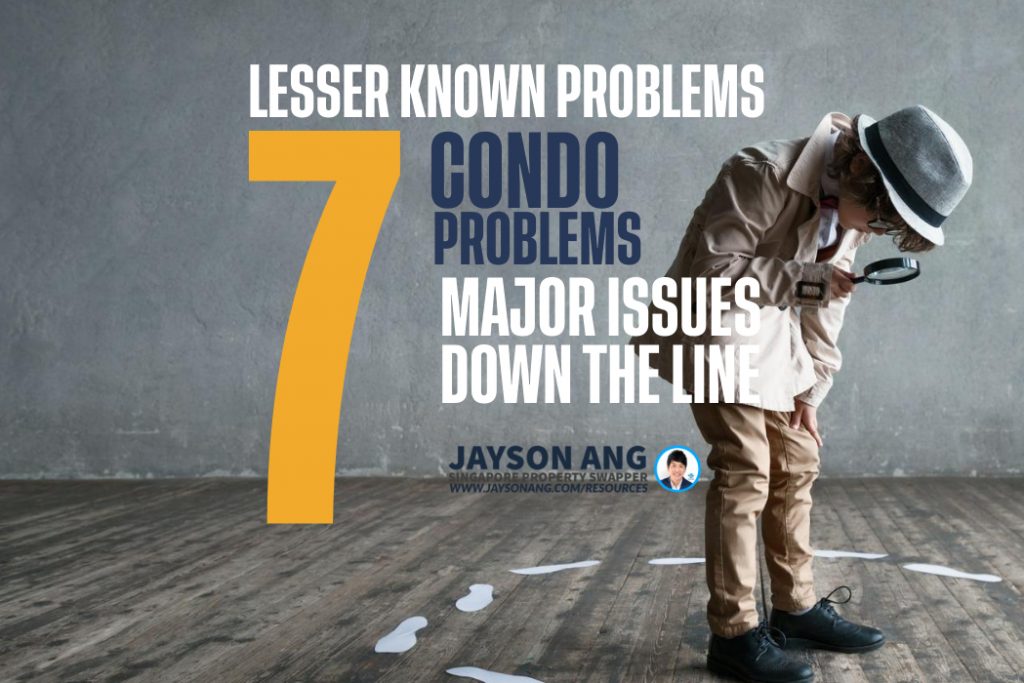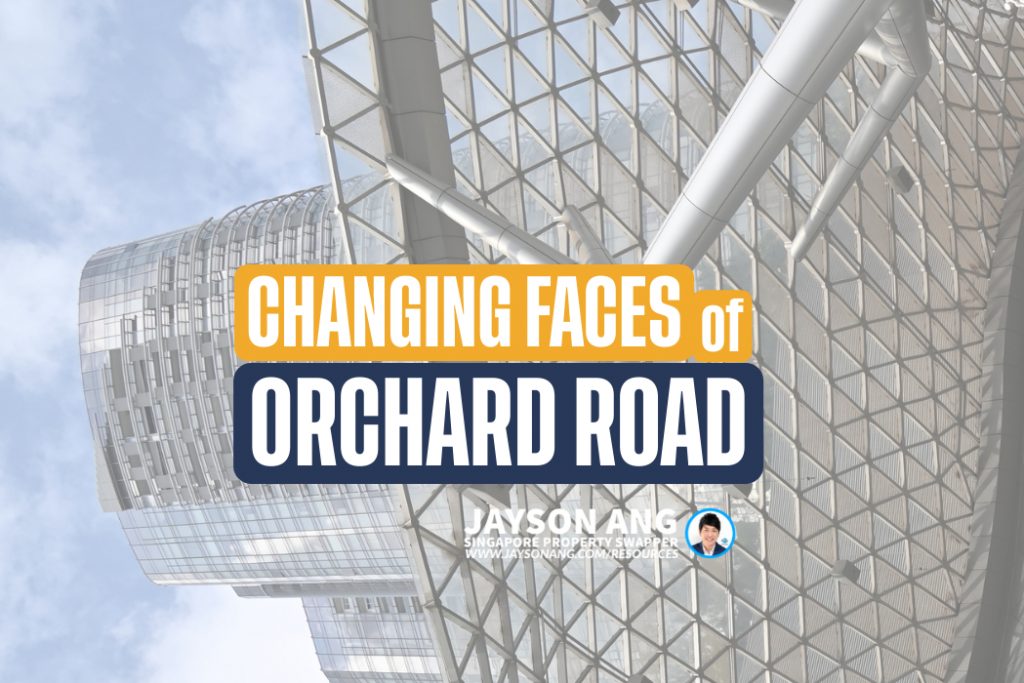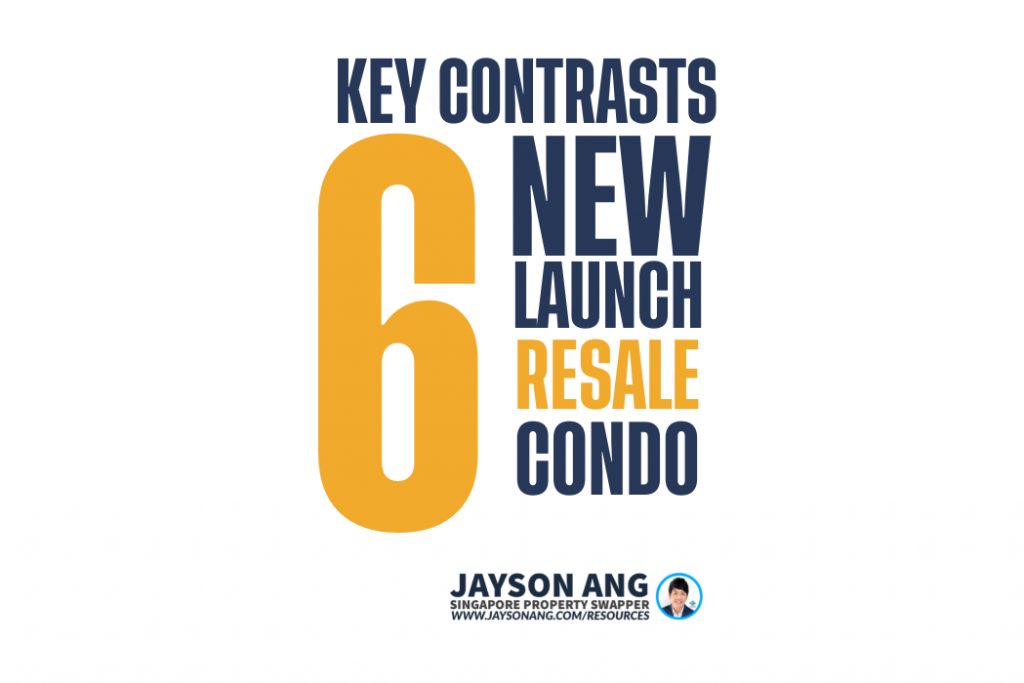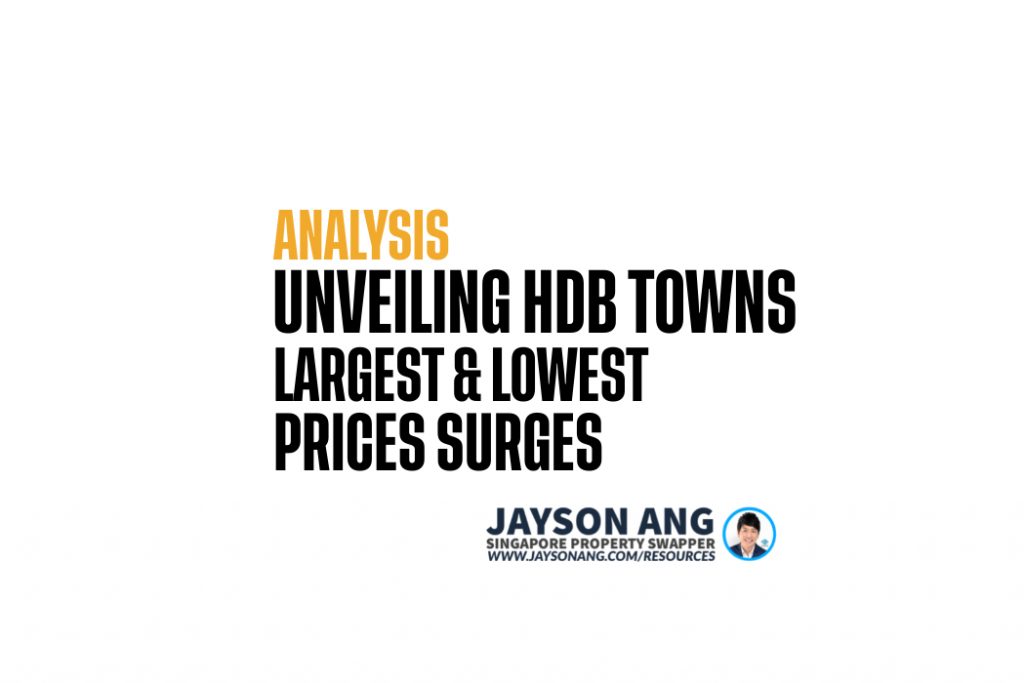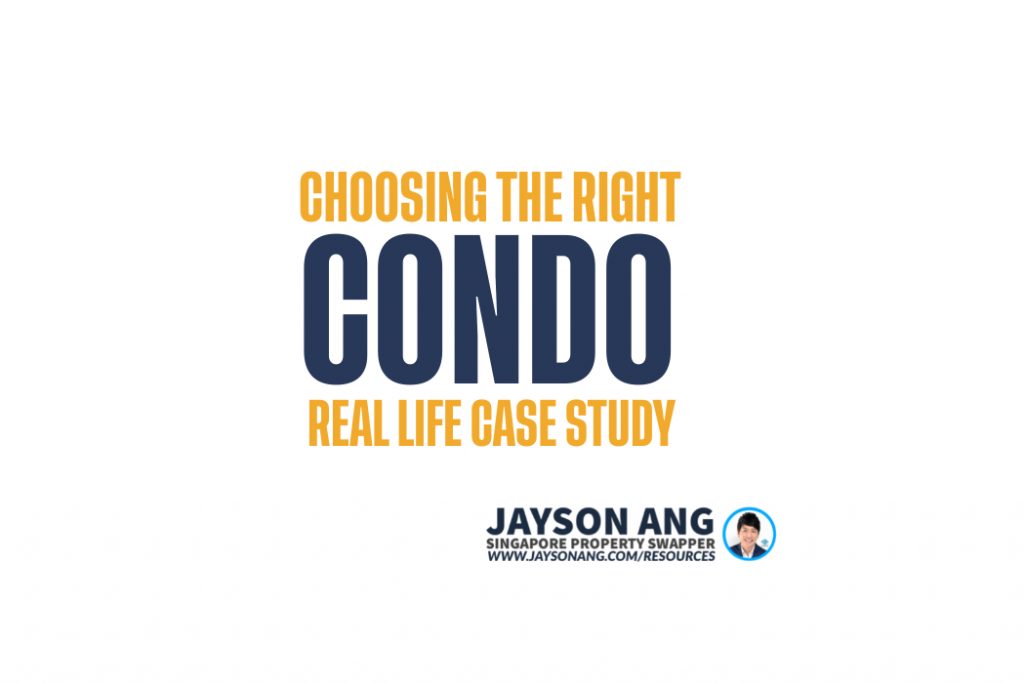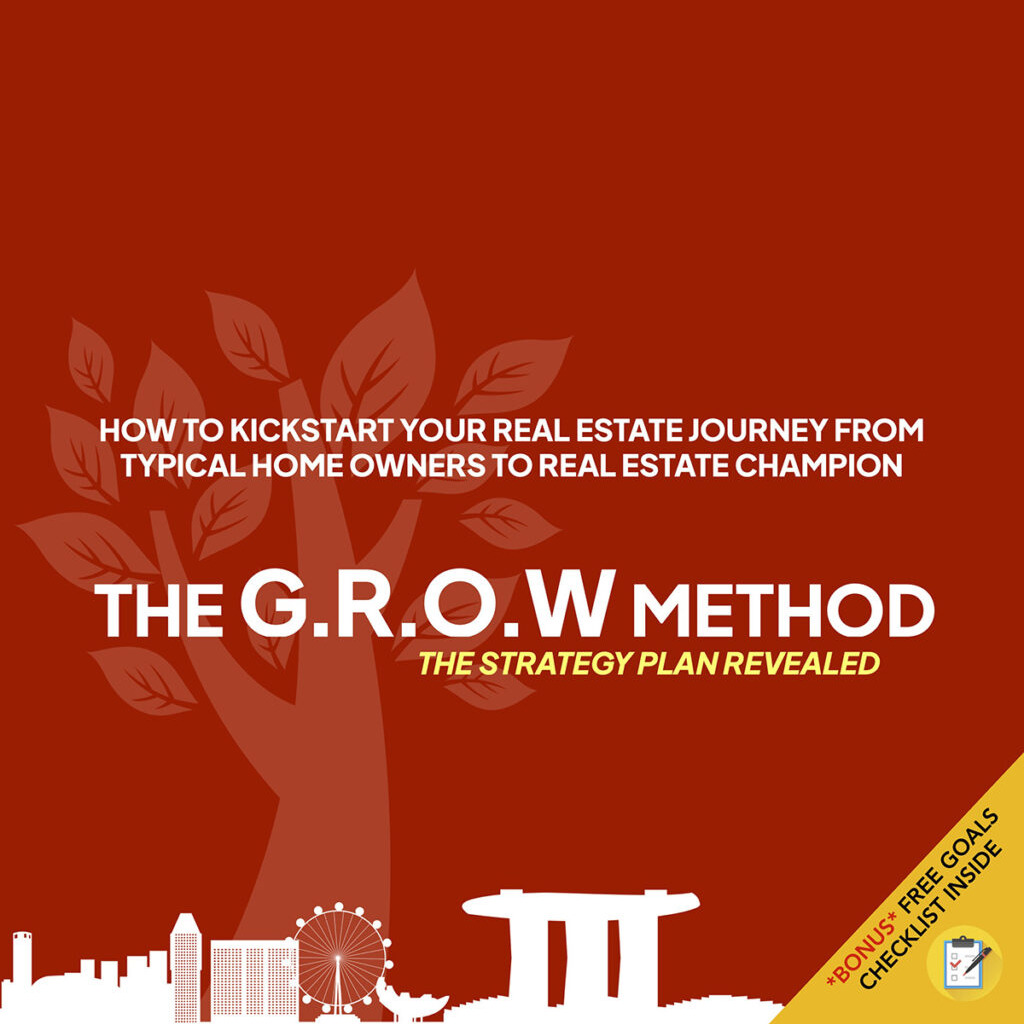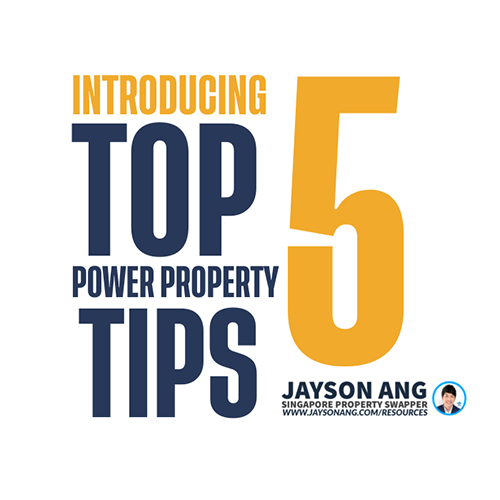TLDR
The URA Master Plan entails significant shifts like the relocation of Paya Lebar Airport or creation of Punggol Digital District, garnering immense media coverage. However, lesser-known changes such as zoning modifications near condos can slip under the radar. Monitoring these changes via URA SPACE and Amendments to Master Plan page is crucial. From adjustments in plot ratios to zoning laws affecting en-bloc prospects and amenities, staying informed is key. Long-term property investments may face risks due to evolving zoning laws. Regularly referring to the URA map helps in spotting unfavorable alterations early. Consider potential impacts on collective sale chances, local perks, and investment longevity. Stay vigilant and adapt to neighborhood transformations for a successful property journey.
Regarding the URA Master Plan, it’s commonplace for most property owners to be in the know mostly about the significant forthcoming shifts. These include headline-worthy announcements like the proposed relocation of Paya Lebar Airport or the creation of a Punggol Digital District.
These big news items get plenty of media coverage, so they’re pretty hard to miss. However, the minor alterations that could have an immediate effect – like a zoning modification in the vicinity of your condominium – frequently slip under the radar. We’ve noticed this trend in several locations over time.
Zoning Modifications Are Not Frequently Announced
You know, it’s possible that you’re kept in the loop about changes by URA because they make sure it’s crystal clear on URA SPACE. But let’s face it, these updates may not be making big waves online or in local newspapers. So, don’t be surprised if one day you find out that the business spot near your place has suddenly gone residential, or even turned into a park.
If you’re curious to keep tabs on these more low-key changes, you can always pop over to the Amendments to Master Plan page.
To illustrate, let’s look at an authorized adjustment to a plot ratio from 2.5 to 2.9 for a piece of land on Jurong West Street 93:
This is one among five diverse modifications that received the green light in the Master Plan back in February 2023.
Truth be told, there are numerous alterations that have occurred over time, with area residents often being none the wiser.
Take Holland Plain, for instance. Despite the plot ratio being relatively low, it’s still a significant enhancement to the locality, with an expected yield of approximately 2,500 new homes.
Consider also Sky Everton. Back in 2014, the adjacent space was residential, which isn’t exactly ideal for owners as they generally prefer less residential competition near their condos. Currently though, the space appears set to become a park or green space, which is undoubtedly more desirable.
Over the years, we’ve noticed similar trends with certain long-standing plots, much to the surprise of local residents and property owners. An exemplary case is Delta House, a commercial building situated on Alexandra Road.
Some might find it odd that Delta House is located in a predominantly residential stretch of Alexandra. This is not a misconception, as the land housing Delta House is indeed zoned for residential use.
The zoning map highlights residential areas in orange and commercial zones in blue. It’s clear from this that Delta House – marked by the location pin – is distinctly earmarked for residential development.
Luckily, a change in zoning doesn’t mean immediate bulldozing of existing structures. It simply implies that any future redevelopment must abide by the updated zoning laws. For instance, if Delta House were ever redeveloped, it would have to be as a residential property.
So, how’s this gonna affect folks who own property?
It’s about the knock-on effect on collective sale chances
Either a drop or rise in local perks
Taking a gamble if you decide to hold onto it for a longer term
And you gotta keep eyeballing that URA map regularly
1. The Potential For En-Bloc Developments May Be Influenced By Various Factors
So far, we haven’t come across a situation where a residential property has been converted into commercial use, but that doesn’t rule out its feasibility. However, this could affect future en-bloc prospects, as it would limit the next developer to not being a condo or landed property developer.
Changes in the neighboring plots can also have an impact on the existing property. For instance, a shift from a green space to another residential plot may influence a developer’s bid in the future, since they’ll now have to account for possible rivalry from the new neighbors.
Remember, even if the intended use (like commercial, residential, etc.) remains unchanged, the plot ratio of surrounding regions can be increased – this could permit construction of taller buildings in the neighboring plot. This could increase property supply in the area and might even obstruct the view.
In summary, this is just one more reason why purchasers should not put their eggs in the en-bloc basket when investing in older properties.
2. The Reduction Or Enhancement Of Amenities
Consider the scenario of Ghim Moh Green. Some owners might have been excited about the idea of a school popping up next door. But now, that plan seems to be scrapped, leaving them clueless about what’s on the horizon.
For those with a bit more life experience, you might recall the shockwave that hit when Simon Road Market was reclassified and its entire hawker center leveled around 1999. Despite being a bustling spot since the post-war years, most of it was earmarked for housing, leaving only a few spots along Kovan Road and Upper Serangoon Road for business today.
In some situations, these changes can bring about what some might see as disadvantages. Take Alexandra Hospital’s facelift slated for 2030, for example. We’ve heard from a few property gurus that this redevelopment expands its footprint, edging even closer to neighboring residential areas.
This could ruffle the feathers of local homeowners who are concerned about the noise pollution from ambulance sirens or potentially spooking future buyers.
3. There Is A Potential Downside To Holding Investments For Extended Periods Of Time
For the most part, shifts in zoning laws usually take a good chunk of time and depend on the evolution of the area, with or without input from the Urban Redevelopment Authority (URA). If you’re a homeowner looking to invest for a shorter period, say five to ten years, you’re less likely to see any drastic rezoning or neighborhood transformations.
But let’s be real, change is a constant. A property expert once said:
“If you plan on sticking around for 15 to 20 years, don’t kid yourself into thinking the area won’t change. You should brace yourself not only for potential changes in the nearby businesses and institutions but also for the chance of rezoning in certain areas.”
This perspective is pretty intriguing since most folks would assume that holding onto a property for a longer period equates to lower risk, given there’s more time for the property’s value to increase. This adds a new angle to think about when considering how long you want to hold onto your property.
4. Need To Regularly Refer To The URA map
Homeowners often scrutinize the URA map while purchasing but tend to disregard it afterwards. However, the potential for subtle shifts implies that it’s wise for homeowners to stay vigilant. We’d suggest taking a brief look at the URA map biennially.
Doing so provides ample time to act upon spotting an unfavorable alteration. For instance, selling your property before the establishment of a proposed hospital nearby is simpler than waiting until the noise and traffic become daily issues.
Though we can’t predict its potency, initiating petitions and letters early on regarding any zoning modifications could be beneficial. The earlier you spot it, the quicker you can join forces to halt it (or at least sell and relocate before it impacts you).
Should You Buy, Sell or Wait?
If you’re reading this, you must be trying to figure out the best course of action right now: is it the right time to buy or sell?
It’s difficult to give an exact answer since everyone’s situation is unique and what works for one person may not necessarily work for you.
I can bring you a wealth of on-the-ground experience and a data-driven approach to provide clarity and direction. From beginners to experienced investors, our top-down, objective approach will help you on your real estate journey.
I can help you by:
- Offering Strategic Real Estate Advice – I can help create a comprehensive plan to guide you through your property journey.
- Connecting Your Home with the Perfect Buyers – Through stunning visuals, an effective communication strategy, and an in-depth knowledge of the market, we’ll ensure your home is presented in the best possible way to fulfill your goals.
You May Also Like …

